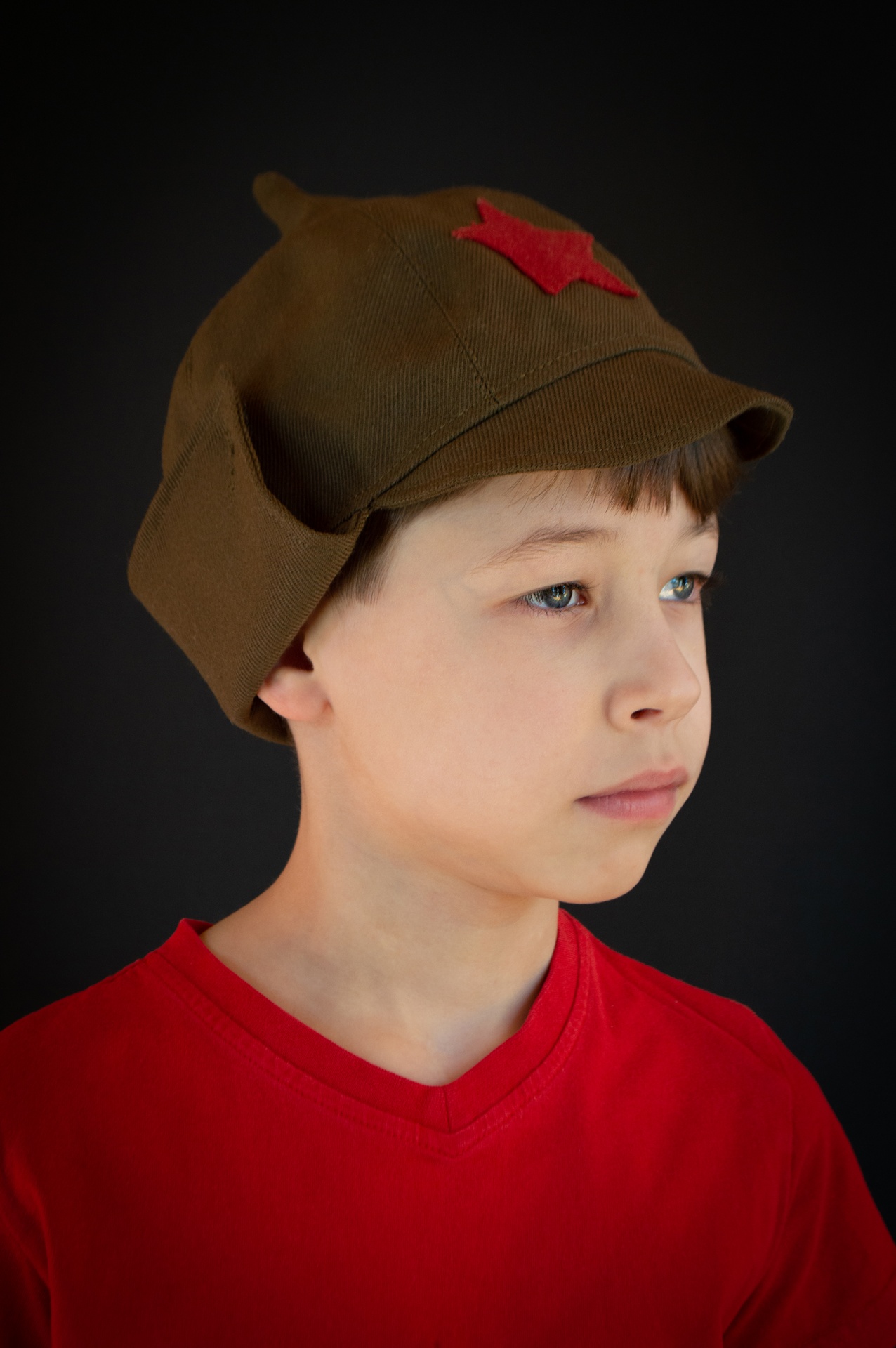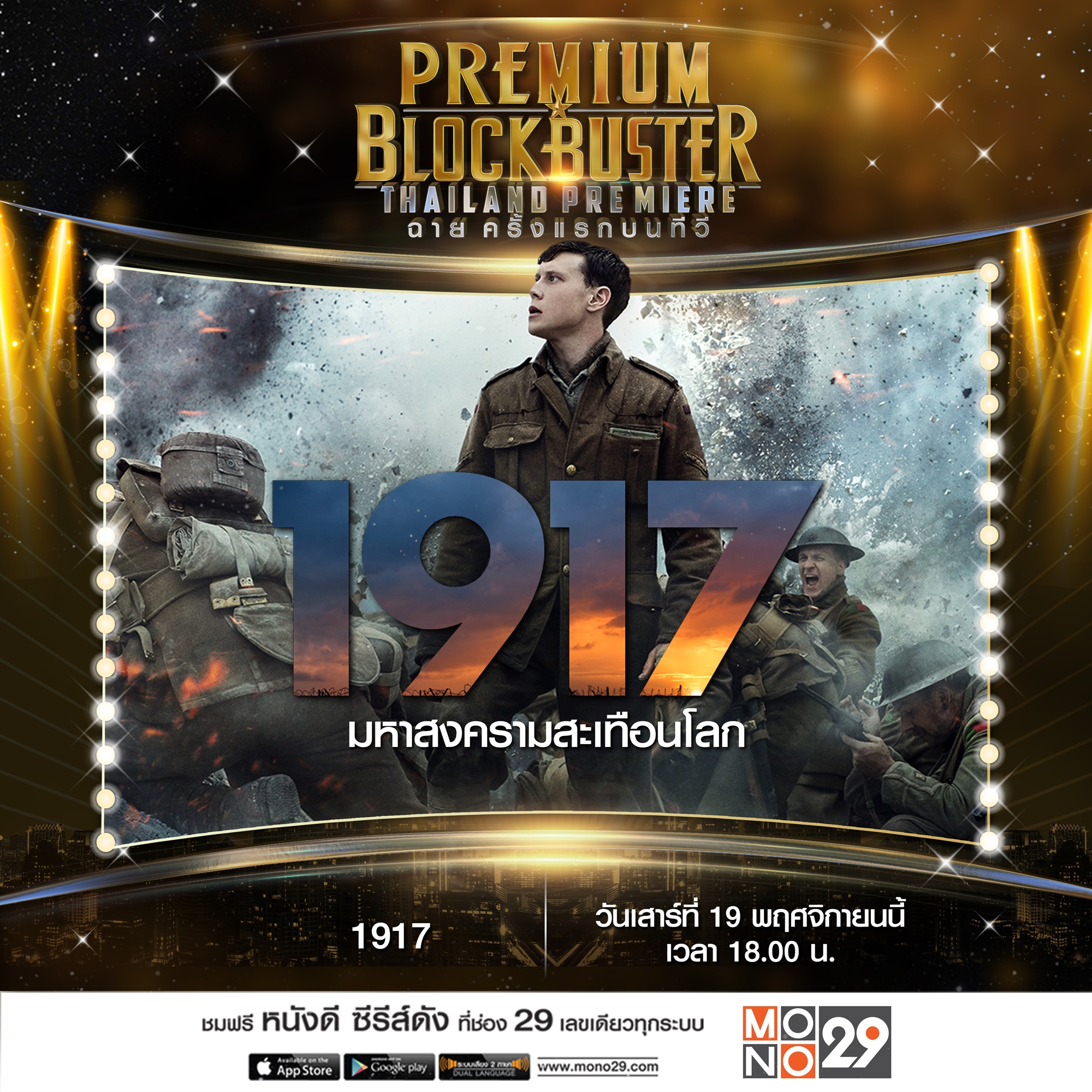In the realm of historical events and significant occurrences, the year 1917 stands out as a pivotal moment in various global narratives. The term "1917 kpkuang" has emerged as a fascinating topic that intertwines history, culture, and personal stories. This exploration delves deep into the significance of this year, unraveling the threads of history that connect it to contemporary discussions and events.
As we navigate through the rich tapestry of 1917, we encounter a myriad of events that shaped nations and influenced the lives of countless individuals. From the dramatic shifts during World War I to the cultural revolutions across the globe, the year serves as a backdrop for numerous stories waiting to be told. The connection to "kpkuang" adds another layer of intrigue, inviting us to discover what it embodies in the context of 1917.
Join us on this captivating journey as we dive into the depths of 1917 kpkuang, examining the events, personalities, and cultural phenomena that defined a tumultuous year. Through this exploration, we aim to shed light on the echoes of the past and their resonance in today's world, ultimately painting a vivid picture of how history continues to shape our present.
Read also:Life Of Nancy Spungen A Troubled Journey Through Punk Rock And Rebellion
What is the Historical Significance of 1917?
The year 1917 was marked by several critical events that had long-lasting effects on global history. Here are some key occurrences:
- The Russian Revolution, which led to the rise of the Soviet Union.
- The entry of the United States into World War I, altering the dynamics of the conflict.
- The Balfour Declaration, indicating support for a Jewish homeland in Palestine.
- Social upheavals and movements advocating for workers' rights and suffrage.
Who Were the Key Figures of 1917?
During this transformative year, several prominent figures emerged, influencing the course of history:
- Vladimir Lenin: Leader of the Bolshevik Revolution.
- Woodrow Wilson: President of the United States, instrumental in the war effort.
- David Lloyd George: British Prime Minister during World War I.
- Leon Trotsky: A key player in the Russian Revolution and a leading Marxist theorist.
What Were the Cultural Developments in 1917?
The cultural landscape of 1917 was rich and varied, with literature, art, and music reflecting the societal changes of the time. Notable movements included:
- The rise of modernist literature, with authors like Marcel Proust gaining prominence.
- Innovations in art, particularly in expressionism and cubism.
- A surge in patriotic music, resonating with the wartime spirit.
What is Kpkuang and Its Relevance to 1917?
The term "kpkuang" may not be widely recognized, but it holds significance in specific cultural contexts. It can refer to various concepts, including traditional practices, local dialects, or even notable historical figures that emerged around that time. Understanding kpkuang in relation to 1917 allows us to explore how cultural identities were shaped by the events of the year.
How Did 1917 Influence Subsequent Generations?
The repercussions of 1917 were felt for decades, influencing political ideologies, cultural movements, and social structures. Here are some key legacies:
- The establishment of communist states and the global spread of Marxist thought.
- The evolution of national identities, especially in post-colonial contexts.
- The emergence of new art and literary movements as responses to war and revolution.
Can the Lessons from 1917 be Applied Today?
As we reflect on the events of 1917, it becomes evident that the lessons learned can still resonate in today's world. Issues such as social justice, the impact of war, and the struggle for identity remain relevant. Drawing parallels between past and present can offer insights into addressing contemporary challenges.
Read also:Savoring The Delight What Is Kung Pao Chicken
Personal Details and Bio Data of Notable Figures Related to 1917
| Name | Birth Date | Nationality | Role in 1917 |
|---|---|---|---|
| Vladimir Lenin | April 22, 1870 | Russian | Leader of the Bolshevik Revolution |
| Woodrow Wilson | December 28, 1856 | American | President during World War I |
| David Lloyd George | January 17, 1863 | British | British Prime Minister |
| Leon Trotsky | November 7, 1879 | Russian | Key figure in the Russian Revolution |
What Are the Modern Interpretations of 1917 Kpkuang?
Today, the notion of 1917 kpkuang can be interpreted through various lenses, including historical analysis, cultural studies, and sociopolitical discourse. Scholars and enthusiasts alike continue to explore the implications of this year, seeking to understand its relevance in contemporary contexts.
Conclusion: The Enduring Legacy of 1917 Kpkuang
As we conclude our exploration of 1917 kpkuang, it is clear that the year holds a wealth of significance that transcends time. By examining the events, figures, and cultural movements that characterized this pivotal moment, we gain valuable insights into the complexities of history and its continuing impact on our world today. The stories of 1917 invite us to reflect on our past, challenge our present, and inspire our future.


